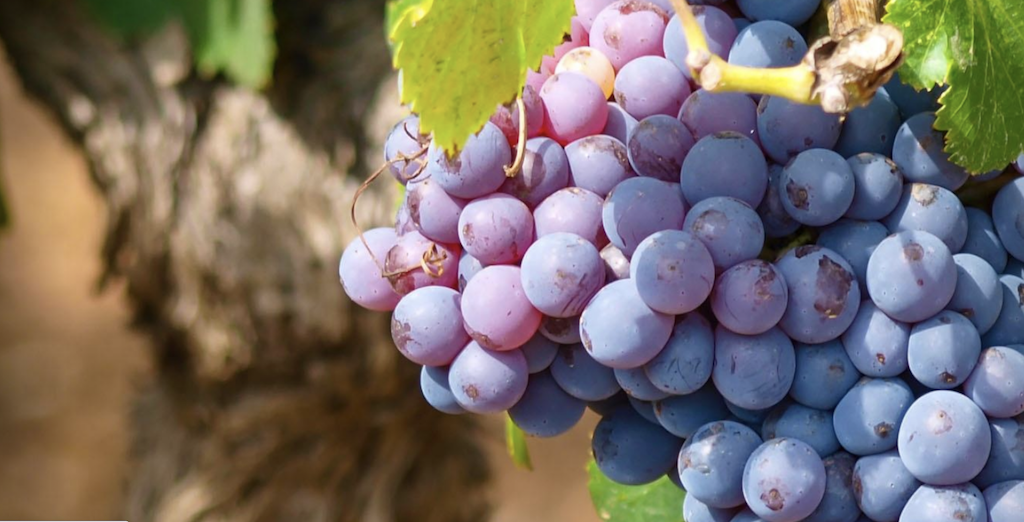WHAT IS ZINFANDEL?
That is, of course, a rhetorical question, but it is also a question concerning what Zinfandel is stylistically, and what the current public perception of Zinfandel wines considers?
Zinfandel is California’s keystone varietal and Zinfandel was “long considered “America’s vine and wine”. It first started making its impression on wine drinkers in the late 1850’s. It had many names then including Zierfandler, Black St. Peters, Zenfendal, and it was considered a “mystery” grape of unknown European origin until UCD’s Carol Meredith DNA research revealed it to be Crljenak Kaštelanski or Tribidrag in 2001-2002 and originally from Croatia’s Dalmatian Coast.
Zinfandel to California is like Garnacha to Spain, Pinot Noir to Burgundy, Riesling to Germany, and Sangiovese and Nebbiolo to Italy. It is an essential part of what makes California, California: as a beverage, as a culinary companion for our other indigenous foods, for our history, and for our multi-ethnic cultural geography.
Our first Zinfandel at Terre Rouge & Easton Wines was from the 1991 vintage. It was the first wine that we made that was labeled with my last name EASTON as an homage to my family that introduced me to Zinfandel and to fine wine in general. I also wanted to make a distinction between the Rhône movement (which I was a founding member of with other Mediterranean varietals) that were bottled under the TERRE ROUGE label, but as it turns out, one of life’s personal ironies for me, is that Zinfandel is a Mediterranean varietal originally; go figure that one out?
As a teenager I loved the brambly, spicy, berry flavors that Zinfandel offered. There were many great Zinfandel vineyards around California that had survived Prohibition and were in special niches that delivered high-quality fruit to various wineries. Many of the wines were quite reasonably-priced for a budget-conscious and novice drinker. Most jug wines in that era were based in some manner on Zinfandel, particularly those from wineries with Italian names. I recall taking a bottle of peppery and dry Zinfandel to a high school party and enjoying it with a few other friends, while other partiers were swilling sweeter beverages. So, Zinfandel was my first wine love.
The trend towards finer and elevated styles of Zinfandel began again after WWII. Wineries like Louis Martini and Pedroncelli were making classy Zinfandel before the Zinfandel boom in the late 1960’s. Thereafter it was Joseph Swan, Sutter Home, Guglielmo, Ridge, A. Rafanelli, Davis Bynum (where I worked), Kenwood, Sausal, Dry Creek, Caymus, Burgess, Gemello, Nichelini, then Ravenswood, Monteviña, Santino, and many others.
Cabernet Sauvignon (Bordeaux, France origin) was always considered a classier grape in all senses of the word – class. There was more status to be had when seen drinking an expensive bottle of Cabernet Sauvignon. Zinfandel had not only ethnic origins tied to Italy (we now know Primitivo), but the local promoters – Italian wineries and North Beach restaurants – had unmistakable ethnicity. Do you want to be primitive or suave? While Cabernet Sauvignon was the wine beverage refuge of the elite, Zinfandel was the go-to for certain working people and the young intelligentsia in the 1960’s and later.
“Classically-made Zinfandel that has the ability to age for a long time!”
“These Zinfandels are more styled as if they were made by a European winemaker – no jam jar, sweet, and rocket fuel wines are made at this address.”
Traditionally Zinfandel was stylistically more akin to a California Beaujolais. Alcohol levels were moderate and between 12-14.5% ABV. The wines were fruit forward, balanced, savory, and dry – avoiding dehydrated flavors. In the mid-to-late 1970’s (perhaps inspired by very ripe dry-farmed fruit, that was harvested during the ’76 & ’77 drought years) many wineries made amped-up high-alcohol wines that verged on Port-like. Many of these wines were sweet from stuck primary fermentations – the finished wine had not fermented out all grape sugars. These wines did not age well. This was a time of experimentation and mine is bigger than yours winemaking.
We make a range of Zinfandels stylistically, but the characteristics that they all share are fermentation to dryness, balance, and no excessive alcohol from overripe fruit. The wines have great natural acidity. We only age Zinfandel in tight-grain French barrels (varying ages – depending on the result we want to achieve). We also hold our Reserve wines back a few years prior to release as part of our élevage.
Bill Easton is the founder and lead winemaker/winegrower at Member Winery TERRE ROUGE & EASTON Wines in Northern California’s Sierra Foothills.
